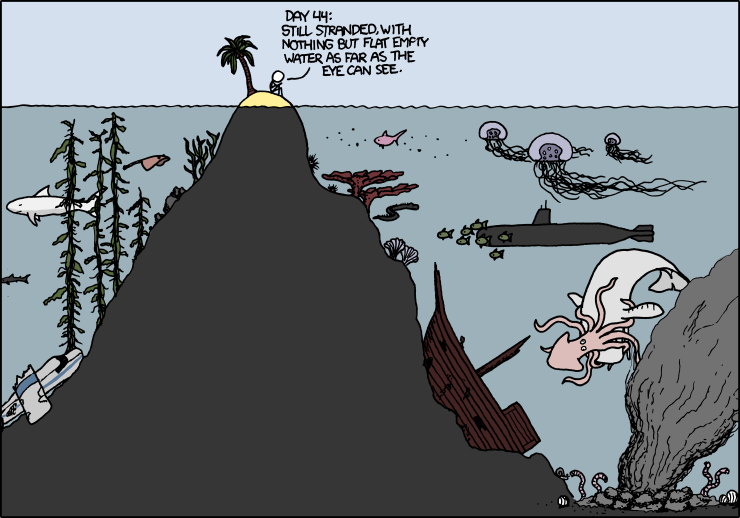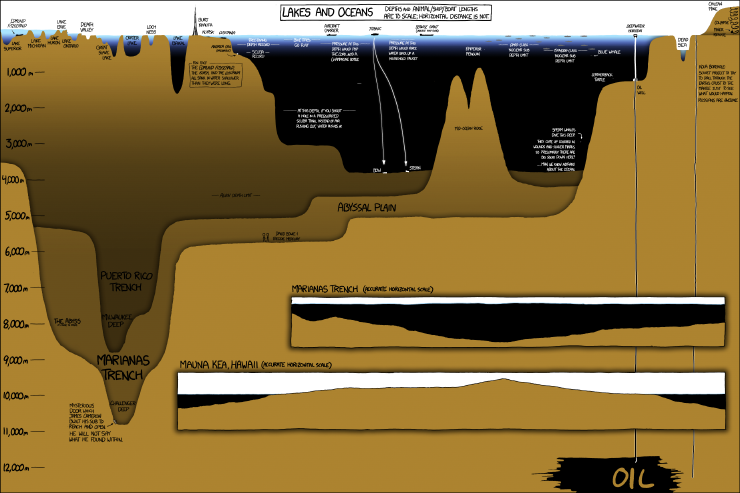By Florence Sullivan, MSc, GEMM Lab Research Assistant
This summer, I had the pleasure of returning to Port Orford to lead another field season of the GEMM Lab’s gray whale foraging ecology research project. While our goal this summer was to continue gathering data on gray whale habitat use and zooplankton community structure in the Port Orford region, we added in a new and exciting community engagement component: We integrated local high school students into our research efforts in order to engage with the local community to promote interest in the OSU field station and the research taking place in their community. Frequent blog readers will have seen the posts written by this year’s interns (Maggie O’Rourke Liggett, Nathan Malamud, and Quince Nye) as they described how they became interns, their experience doing fieldwork, and some lessons they’ve learned from the project. I am very impressed with the hard work and effort that all three of them put into making this field season a success. (Getting out of a warm bed, and showing up at the field station at 6am sharp for five weeks straight is no easy feat for high-schoolers or an undergrad student during summer break!)

During the month of August, our team collected the following data on whale distribution and behavior:
- Spent 108 hours on the cliff looking for whales
- Spent 11 hours actively tracking whales with the theodolite
- Collected 19 whale tracklines
- Identified 15 individual whales using photo-ID – Two of those whales came back 3 times each, and one of them was a whale nick-named “Buttons” who we had tracked in 2016 as well.
We also collected data on zooplankton – gray whale prey – in the area:
- Collected 134 GoPro videos of the water column at the 12 kayak sample sites
- Did approximately 147 zooplankton net tows
- Collected 64 samples for community analysis to see what species of zooplankton were present
- Collected 115 samples for energetic analysis to determine how many calories can be derived from each zooplankton

Since I began this project in 2015, I have been privileged to work with some truly fantastic interns. Each year, I learned new lessons about how to be an effective mentor, and how to communicate our research goals and project needs more clearly. This year was no exception, and I worked hard to bring some of the things I’ve learned into my project planning. As the team can tell you, science communication, and the benefits of building good will and strong community relationships were heavily emphasized over the course of the internship. Everyone was encouraged to use every opportunity to engage with the public, explain our work, and pass on new things they had learned. Whenever the team encountered other kayakers out on the water, we took the time to share any cool zooplankton samples we gathered that day, and explain the goals of our research. Maggie and I also took the opportunity to give a pair of evening lectures at Humbug Mountain State Park, which were both well attended by curious campers.

In addition, the team held a successful final community presentation on September 1 at the Port Orford Field Station that 45 people attended! In the week leading up to the presentation, Quince and Nathan spent many long hours working diligently on the powerpoint presentation, while Maggie put together a video presentation of “the intern experience” (Click here for the video showcased on last week’s blog). I am incredibly proud of Nathan and Quince, and the clear and confident manner in which they presented their experience to the audience who showed up to support them. They easily fielded the following questions:
Q: “How do you tell the difference between a whale that is searching or foraging?”
A: When we look at the boundaries of our study site, a foraging whale consistently comes up to breathe in the same spot, while a searching whale covers a lot of distance going back and forth without leaving the general area.
Q: “How do we make sure that this program continues?”
A: Stay curious and support your students as they take on internships, support the field station as it seeks to provide resources, and if possible, donate to funds that raise money for research efforts.



When communicating science, it is important to results into context. In addition to showcasing the possibilities of excellent research with positive community support, and just how much a trio of young people can grow over the course of 6 weeks, this summer has highlighted the value of long term monitoring studies, particularly when studying long-lived animals such as whales. We saw far fewer whales this summer than compared to the two previous years, and the whales spent much less time in the Port Orford area (Table 1). As a scientist, knowing where whales are not (absence data) is just as important as knowing where whales are (presence data), and these marked differences drive our hypotheses! What has changed in the system? What can explain the differences in whale behavior between years? Does it have to do with food quality or availability? (This is why we have been gathering all those zooplankton samples.) Does it have to do with other oceanographic factors or human activities?
Table 1. Summary of whale tracking efforts for the three seasons of field work in Port Orford. Notice how in 2017 we only collected 194 whale location points (theodolite marks). This is about 92% less than in the previous years.
| 2015 | 2016 | 2017 | |
| Hours spent watching | 72:49 | 148:30 | 108 |
| Hours spent tracking | 80:39* | 82:30 | 11 |
| Number of individuals | 43 | 50 | 15 |
| Number of theodolite marks | 2483 | 2414 | 194 |
*we often tracked more than one individual simultaneously in 2015
Long term monitoring projects give us a chance to notice differences between years, and ask questions about what are normal fluctuations in the system, and what are abnormal. On top of that, projects like this create the opportunity for additional internships, and to mentor more students in the scientific method of investigation. There is so much still to be explored in the Port Orford ecosystem, and I truly hope this program is able to continue. If you are interested in making a monetary contribution to sustain this research and internship program, donations can be accepted here (gemm lab fund) and here (field station fund).









This research and student internships would not have been possible without the generous support from Oregon Sea Grant, the Oregon Coast STEM hub, the Port Orford Field Station, South Coast Tours, partnerships with the Bernard and Chapman labs, the OSU Marine Mammal Institute, and the Geospatial Ecology of Marine Megafauna Lab.



















































You must be logged in to post a comment.